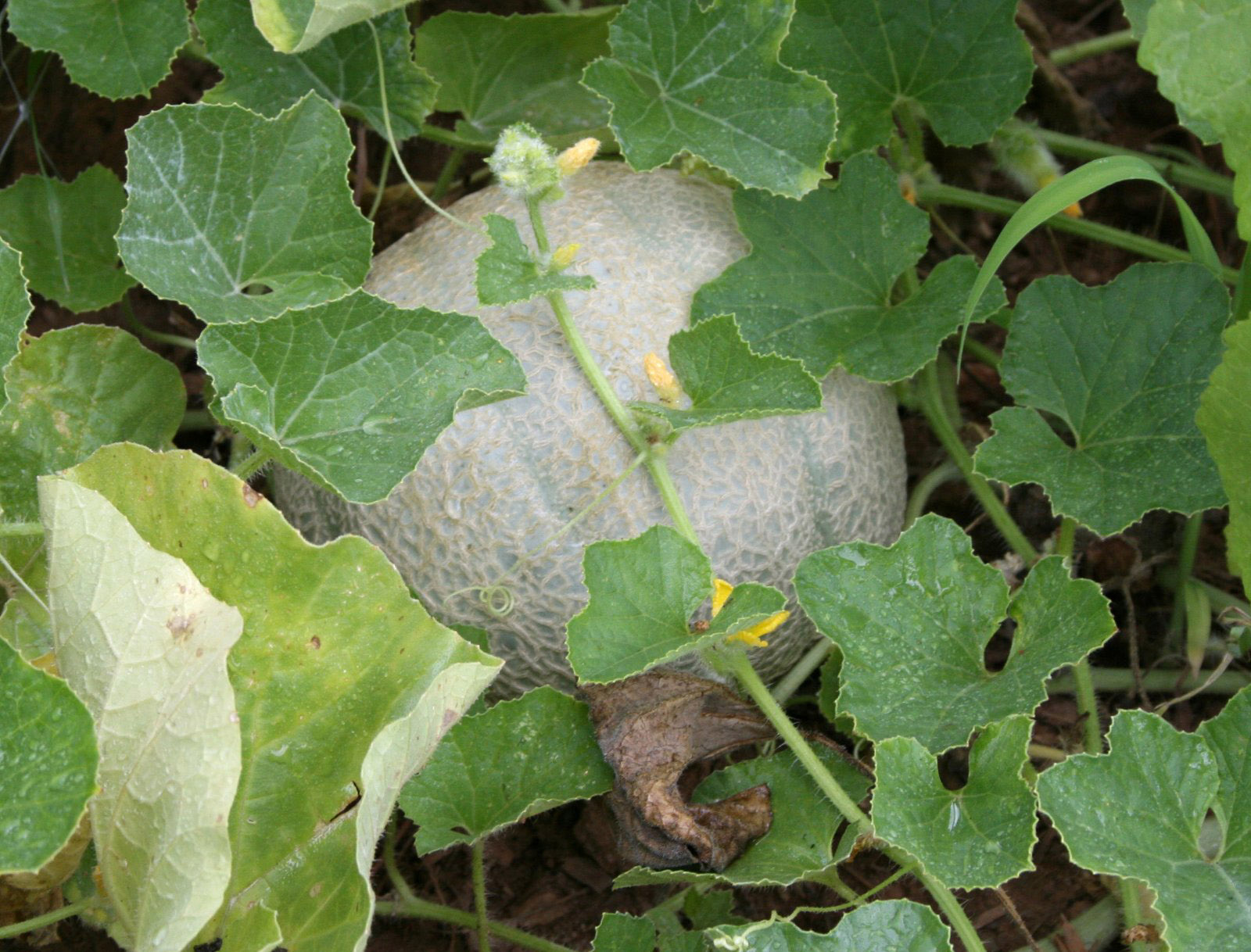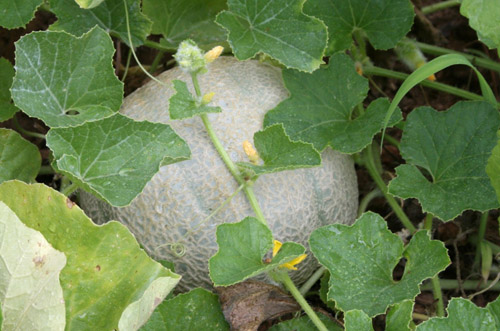Outbreaks of listeria monocytogenes are commonly linked to deli meats, hot dogs and soft cheeses made with unpasteurized milk. Recent deaths and illnesses in the U.S. have added fresh cantaloupes from Colorado to that list.
According to a U.S. Food and Drug Administration, the whole cantaloupes in question were shipped between July 29 and Sept. 10. None of the contaminated melons were shipped to Georgia, but they were distributed to neighboring Tennessee and North Carolina.
The whole cantaloupes have a green-and-white sticker that says Product of USA- Frontera Produce-Colorado Fresh-Rocky Ford-Cantaloupe, or a gray-yellow-and-green sticker that says Jensen Farms-Sweet Rocky Fords.
Knife blades spread the pathogens
It is believed that bacteria on the melons’ rinds were transferred to the inside by knife blades.
Washing produce won’t guarantee it’s free of pathogens, but it will help, says Elizabeth Andress, a University of Georgia Cooperative Extension food safety specialist.
Cleaning the surface of vegetables like cantaloupes can be difficult because of the natural nooks and crannies. Bacteria can hide there, and can get in the openings for respiration on the surface of leaves or inside stem scars, Andress said.
Follow these produce cleaning tips
To reduce the risk of eating contaminated produce, UGA food safety experts say to:
• Wash hands with warm water and soap for 20 seconds before and after preparing fresh produce.
• Wash all produce before eating and don’t use soap or detergent.
• Wash produce even if you plan to peel it.
• Scrub firm produce, like melons and cucumbers, with a clean produce brush.
• Dry produce with a clean cloth or paper towel.
• Remove damaged or bruised areas on fruits and vegetables. And, throw rotten-looking produce away.
Wash delicate produce with care
Rub gently if the produce is delicate like grapes. When washing produce with firm skin, like apples, rub the skin under running water.
Produce should be washed just before you plan to eat it. If you wash fruits and vegetables and then store them in the refrigerator, the bacteria have a chance to grow in the moist conditions, Andress said.
For salad greens, use a salad spinner or a fresh single-use paper towel.
When storing produce in the refrigerator, make sure it does not come in contact with fresh meats and chicken. To avoid cross contamination, store fresh meats on the bottom shelf and away from produce.
Purchase fruits and vegetables that are free of bruises and cuts where harmful bacteria can thrive.
Which method works best?
Yen-Con Hung, a food scientist with the UGA College of Agricultural and Environmental Sciences, recently led a project that looked at four methods of cleaning fresh produce: an ozonator (a device that combines ozone and water), electrolyzed oxidizing water (acidic water), produce washes and plain running water.
Funded by the U.S. Department of Agriculture, the study found both electrolyzed oxidizing water and ozone water reduce bacteria on fresh-produce surface. The study also found plain running tap water is a cost-effective alternative for home use.
“However, running water doesn’t kill bacteria, but it can be effective for washing it away,” Hung said. “And the FDA recommends the use of cool running water as the preferred method for cleaning produce. It works best on produce with smooth surfaces.”
No method can get rid of all the bacteria on produce, but they can reduce the amount of harmful pathogens, he said.
To view a video on the UGA produce washing study, go to http://youtu.be/O1v_4U0OMHk.








